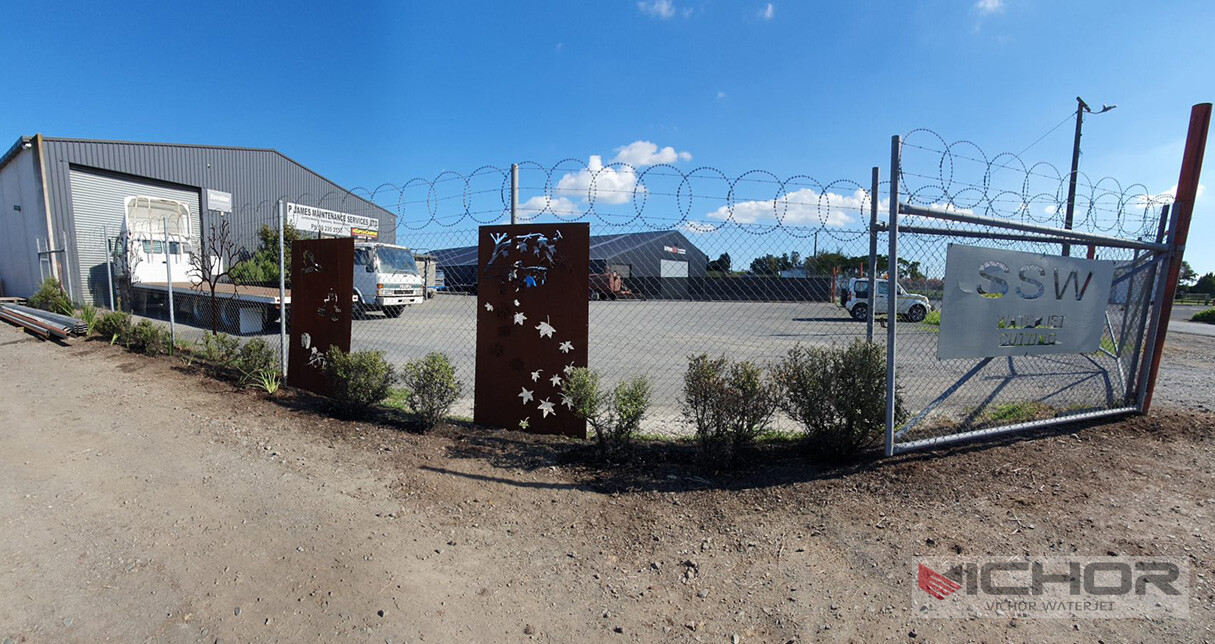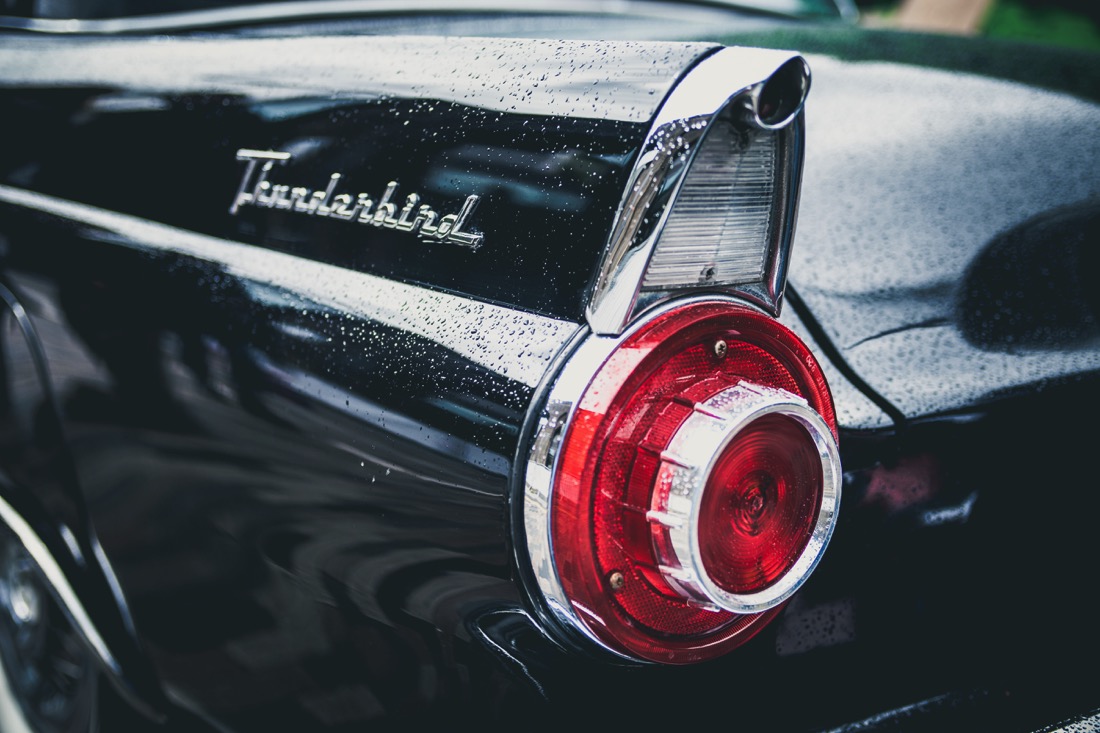
How Thick Can a Waterjet Actually Cut? Exploring Waterjet Cutting Thickness
When it comes to precision cutting of a vast range of materials, waterjet cutting stands out for its versatility and power. A question that consistently arises for engineers, fabricators, and DIY enthusiasts alike is: “What is the maximum waterjet cutting thickness possible?” The answer isn’t a single number. It’s a fascinating interplay of physics, technology, and material science. Understanding the factors that influence waterjet cutting thickness is crucial for determining the feasibility and efficiency of your projects. This article dives deep into the elements that define and limit how thick a waterjet can cut.
The Fundamental Factors Governing Waterjet Cutting Thickness
The maximum waterjet cutting thickness achievable in any scenario is not arbitrary. It is primarily governed by a few core principles. Pure waterjet cutting, used for softer materials like foam or rubber, relies on the sheer velocity of water—often exceeding twice the speed of sound. This stream erodes the material, but its cutting power in thicker, harder substances is limited.
This is where abrasive waterjet cutting takes over. By mixing a hard granular abrasive (typically garnet) into the water stream, the process transforms into a potent erosive tool. The abrasive particles microscopically chip away at the material, allowing the jet to penetrate vastly greater waterjet cutting thickness. The key factors include water pressure, abrasive flow rate, nozzle focus, and the traverse speed of the cutting head. The balance of these elements directly dictates the achievable thickness and cut quality.
How Material Type Drastically Alters Maximum Thickness
Perhaps the most significant variable affecting waterjet cutting thickness is the material being cut. A waterjet can slice through a 10-inch thick block of aluminum but would struggle with a 4-inch piece of tempered glass. The hardness, density, and tensile strength of the material determine the resistance the jet must overcome.
Soft Materials (Foam, Rubber, Food Products): Pure waterjets excel here and can cut through impressive thicknesses, sometimes several feet, because the material offers little resistance.
Metals (Aluminum, Steel, Titanium): For metals, abrasive waterjets are essential. Softer metals like aluminum can be cut at greater thicknesses (up to 10-12 inches or more) compared to harder, denser metals like titanium or tool steel, where the practical limit is often around 6-8 inches for a quality cut.
Composites & Laminated Materials: These can be tricky. While waterjets are excellent for avoiding delamination, the varying densities within the material can cause the jet to deflect, potentially limiting the effective waterjet cutting thickness compared to a homogeneous material.
Hard Brittle Materials (Glass, Stone, Ceramic): Waterjets are the preferred method for these materials. They can cut thick stone slabs (3-4 inches) and glass effectively. However, the extreme hardness can cause slight tapering in very thick pieces, which must be accounted for in the cutting process.
The Critical Role of Pressure and Abrasive in Penetration
The heart of a waterjet system is its ultra-high pressure pump. Modern systems typically operate at pressures ranging from 60,000 PSI (4,100 bar) to over 90,000 PSI (6,200 bar). This pressure is the primary driver of the water’s velocity and, consequently, its kinetic energy.
Higher pressure directly enables greater waterjet cutting thickness. It allows the abrasive jet to maintain its coherence and cutting power deeper into the material. A jet from a 60,000 PSI pump will begin to dissipate and widen (losing energy) sooner than a jet from a 90,000 PSI pump, which can sustain its focus and force for a longer distance, thus cutting thicker workpieces.
Equally important is the abrasive. The type, size, and flow rate of the abrasive garnet are critical. A consistent and optimal flow of high-quality, sharp abrasive is necessary to efficiently erode the material throughout the entire waterjet cutting thickness. An insufficient abrasive flow rate will result in the jet losing its cutting ability long before it exits the bottom of the material.
The Trade-Off: Cutting Speed, Quality, and Thickness
It’s a simple equation: as waterjet cutting thickness increases, the cutting speed must decrease. To push the jet through a massive block of steel, the cutting head must move very slowly. This allows the abrasive particles more time to erode the material at the bottom of the cut. Rushing the process on a thick part will result in an incomplete cut where the jet never fully penetrates the bottom layers.
This slow speed also introduces the challenge of taper—where the cut is wider at the top than at the bottom. This is a natural phenomenon in abrasive waterjet cutting due to jet dissipation. In thicker materials, this taper becomes more pronounced. Modern systems use advanced cutting heads with dynamic taper compensation and “X-Dimension” control to tilt the nozzle slightly, counteracting this effect and producing near-vertical edges even on extreme waterjet cutting thickness.
Therefore, defining “maximum thickness” often comes down to the required quality and the available time. A machine might be able to pierce a 12-inch thick steel plate, but producing a clean, precise cut through that entire depth would be an extremely slow process, often making it impractical for most production environments.
Practical Considerations for Cutting at the Thickness Limit
Pushing a waterjet to its absolute maximum waterjet cutting thickness requires more than just turning up the pressure and slowing down the head. Several practical considerations come into play:
Piercing: Piercing a starter hole in extremely thick material is a challenge. A high-pressure plunge can cause back-spray that damages the nozzle and the material surface. Techniques like drilling a starter hole or using a low-pressure pierce cycle are often necessary.
Nozzle Standoff: The distance between the nozzle and the material becomes critically important. If it’s too close, the energy isn’t allowed to focus; if it’s too far, the jet spreads out too much. Maintaining a consistent standoff is key for a consistent cut through the entire thickness.
Abrasive Delivery: The abrasive delivery system must be flawless. Any inconsistency or interruption in the abrasive flow will immediately create a weak point in the jet, preventing a clean, full-thickness cut.
Machine Rigidity: The waterjet table and gantry must be incredibly robust and stable. The forces involved in cutting thick, dense materials are significant, and any vibration or deflection will ruin cut accuracy and quality.
In conclusion, the question of maximum waterjet cutting thickness is a complex one. While technical limits for materials like aluminum can approach a foot or more, the practical limit for everyday applications is often defined by an acceptable balance of speed, quality, and cost. By understanding the interplay between material properties, machine pressure, abrasive dynamics, and cutting speed, manufacturers can effectively harness the incredible power of waterjet technology to tackle even the most challenging and thick materials.
continue reading
Related Posts
- 1242 words6.3 min read
- 1265 words6.4 min read




